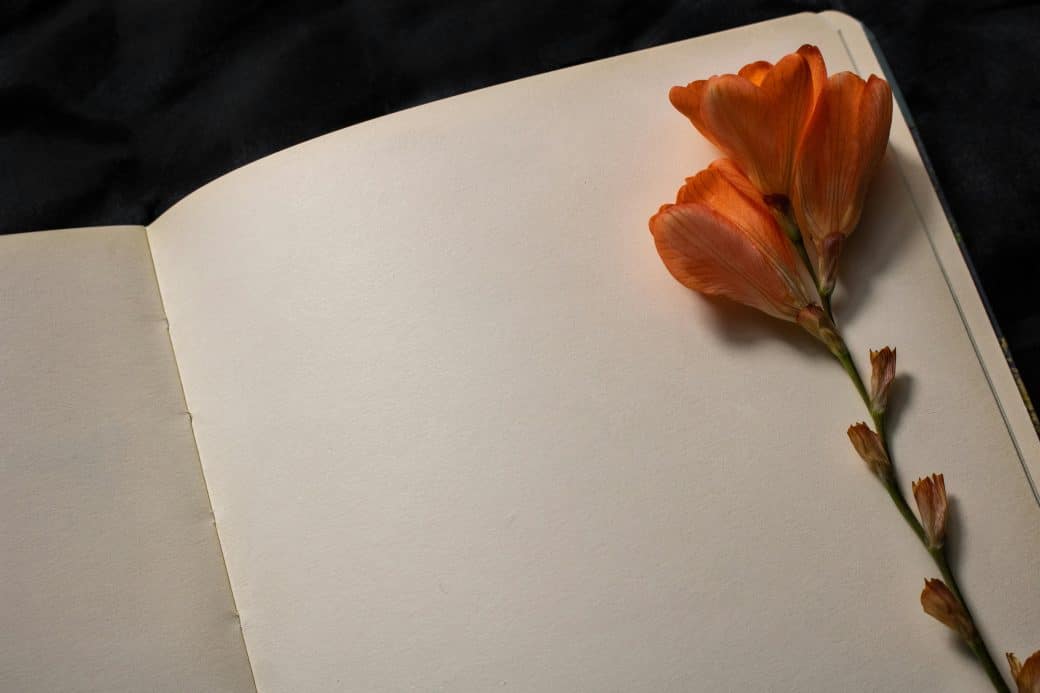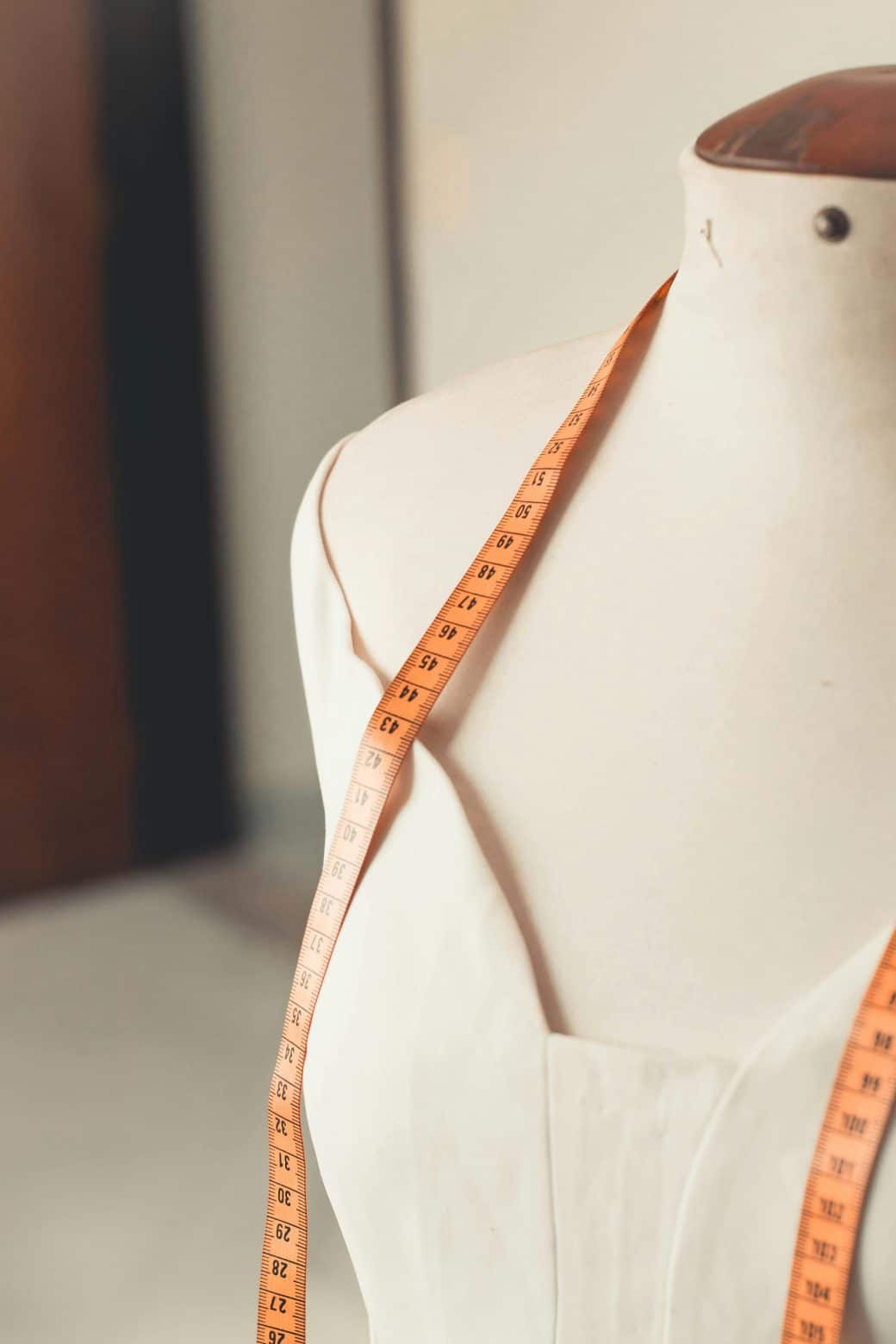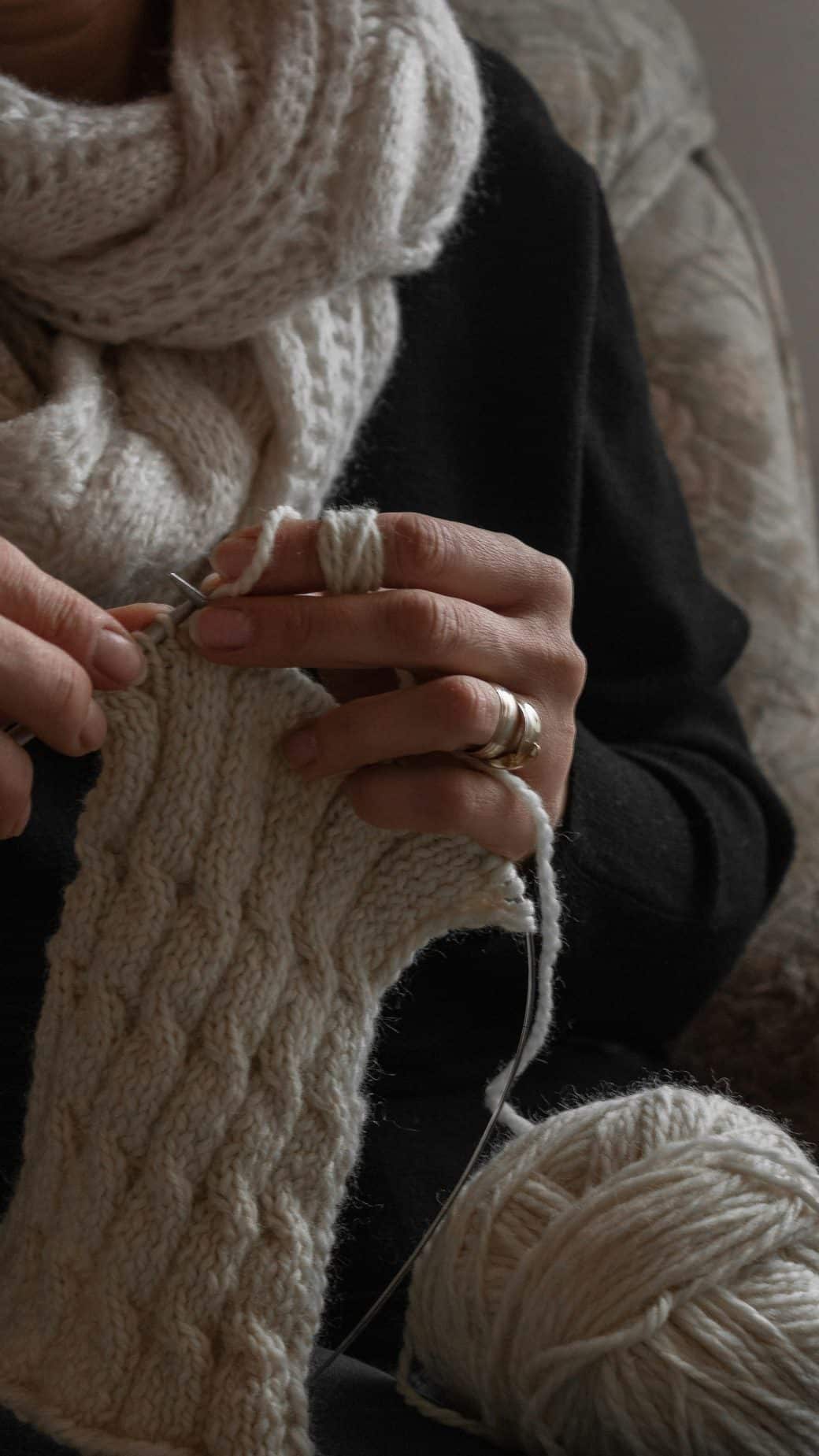I’ve always believed that there’s something truly magical about being able to transform a simple piece of fabric into something that can entirely alter the feel of a room. That’s precisely what drew me to “Crafting Elegant Home Decor with Sewing Techniques: An Inspirational Guide.” This piece isn’t just a manual; it’s a journey into the heart of your home, guiding you through the art of using needle and thread to add a touch of elegance and personality to your space. Whether you’re a seasoned seamstress or someone just starting to explore the world of sewing, this guide is packed with inspiration, tips, and tricks to help you create beautiful, bespoke pieces for your home.

Understanding the Basics of Sewing
Embarking on a sewing journey might seem daunting at first, but trust me, once you understand the basics, it’s a delightful world of creativity and personal expression! Let’s dive into the essentials together.
Learning to thread a needle
It might sound simple, but threading a needle is where all sewing projects begin. I remember fumbling with my first needle and thread, but patience is key. My top tip: moisten the thread tip to make it stiff, making it easier to pass through the eye of the needle. There are also needle threaders available that can make this task a breeze.
Mastering basic stitches
Once the needle is threaded, mastering a few basic stitches opens up a universe of possibilities. The running stitch, for instance, is a simple in-and-out technique great for quick fixes or basting. Then there’s the backstitch, stronger and more durable, suitable for seams. Each stitch has its charm and use, so practicing these will definitely pay off.
Understanding fabrics and their requirements
Fabrics are the canvas for our sewing projects, and each type has its own set of requirements. Cotton is forgiving and easy to work with, while silky materials can be more challenging due to their slippery nature. It’s important to understand how different fabrics behave to select the right one for your project and ensure your efforts result in something beautiful and lasting.
Essential Sewing Tools to Get Started
To embark on your sewing adventure, having the right tools by your side is essential. Here’s what you’ll need to get started.
Choosing your first sewing machine
The market is full of sewing machines, from basic models suitable for beginners to more advanced ones with myriad features. I chose a simple, user-friendly machine to start with, which made learning less intimidating. Look for one that covers basic stitches and maybe a buttonhole feature – this will serve most of your initial needs.
Needles and threads: Deciding between options
Not all needles and threads are created equal. For sewing machines, there are specific needles for different fabrics – universal, jersey, leather, to name a few. Similarly, thread types vary; cotton, polyester, or a blend can impact the durability and appearance of your project. Matching the right needle and thread to the fabric is crucial for successful sewing.
Pin cushions, seam rippers, and other necessary accessories
Pin cushions keep your pins and needles secure (and save you from occasional pricks!). Seam rippers are lifesavers for undoing stitching mishaps. Also, don’t overlook the importance of good scissors—a pair for fabric and another for paper patterns. Measuring tools like a tailor’s measuring tape and a ruler are also must-haves for accurate sewing.
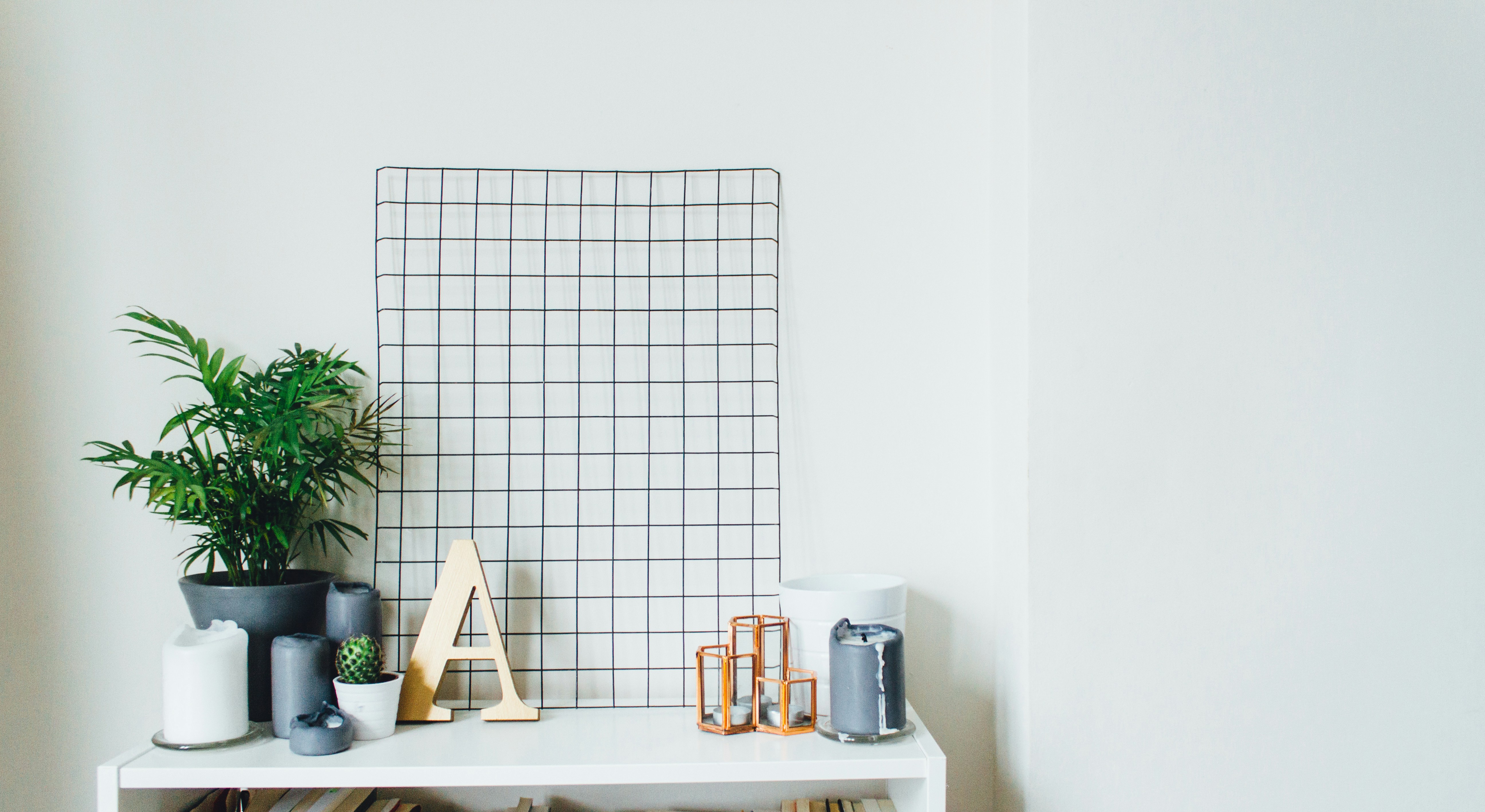
Working with Patterns
Using patterns can transform your sewing projects, allowing you to create professional-looking home decor items with precision.
Reading sewing patterns: A beginner’s guide
Patterns might look like a complex map at first, filled with odd symbols and lines. However, once you learn to decipher them, they become invaluable guides. Start with simple patterns and take the time to understand the markings, measurements, and instructions. It’ll make following more complex patterns much easier later on.
Choosing your first patterns
For beginners, choosing straightforward patterns is key. Look for ones labeled ‘easy’ or ‘beginner-friendly’. Home decor items like cushions or curtains can be great starting projects. These patterns usually involve straight lines and simple shapes, making them less intimidating for first-timers.
Adjusting patterns to fit your home decor needs
Once comfortable with using patterns, you can start adjusting them to suit your home decor needs. Whether it’s altering dimensions to fit a specific window or adding custom details to a cushion cover, the ability to modify patterns allows for true personalization of your space.
Embellishments in Home Decor Crafting
Adding personal touches to your sewing projects can truly elevate your home decor, making items uniquely yours.
Adding personal touches: Initials, monograms, and more
Embroidering initials or monograms on linens and cushions adds an elegant touch, making ordinary items feel bespoke. Even as a beginner, you can achieve beautiful results with simple embroidery stitches.
Incorporating beads, sequins, and other embellishments
For that extra sparkle, adding beads, sequins, or other decorative pieces can transform a plain project into a statement piece. From cushion covers to curtains, these tiny additions can have a big impact.
Using embroidery to elevate your decor
Embroidery can be as simple or as elaborate as your skills allow. Adding floral designs or geometric patterns to table linens or bedding can significantly upgrade your home decor. And the beauty is, embroidery can always be learned and improved upon.
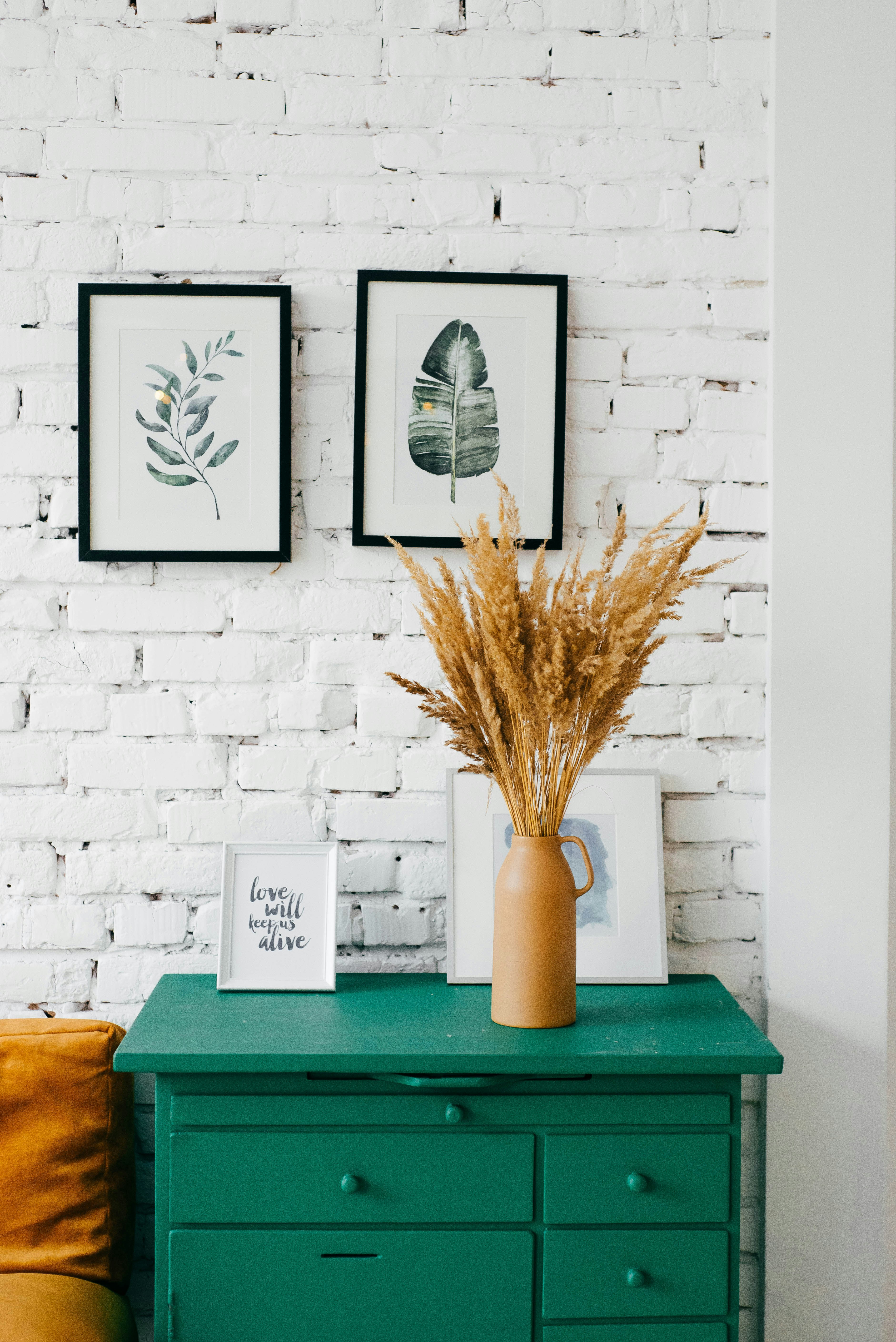
Creating Beautiful Cushions and Pillow Cases
Cushions and pillowcases are wonderful starter projects that can add comfort and style to any room.
Choosing the right fabric
For cushions and pillowcases, choosing the right fabric is essential. Consider the room’s decor and the item’s use. Durable, easy-to-wash fabrics are ideal for items that will be used frequently.
Sewing techniques for perfect corners
Achieving crisp, neat corners might seem tricky, but with practice, it becomes second nature. One method involves sewing a few stitches diagonally across the corner before turning the fabric right side out. It’s little tricks like these that can significantly enhance the finished look.
Adding zippers and buttons
Incorporating zippers or buttons can add both functionality and style to cushions and pillowcases. While sewing zippers might seem daunting at first, starting with simpler methods and practicing will make it easier. Buttons and buttonholes can also add a decorative touch while allowing for removable cushion covers for easy washing.
Crafting Stylish and Functional Curtains
Curtains not only add privacy but also style and personality to a room. Here’s how to craft your own.
Understanding the variety of styles
From simple rod-pocket curtains to elegant pleated drapes, the style of curtain you choose can dramatically affect a room’s overall look. Researching different styles and understanding their construction can help you decide which suits your space and skill level best.
Selecting compatible fabrics
The right fabric can make or break your curtain project. Heavier fabrics offer more privacy and can also add a luxurious feel. Lighter, sheer fabrics allow for light filtration and a breezier look. Consider both the function and the aesthetic appeal when choosing your fabric.
Including tie-backs and valances
Adding tie-backs or valances can elevate the look of your curtains. Tie-backs offer functionality and style, allowing you to adjust the light and privacy levels. Valances, on the other hand, add a decorative element, framing the top of the window for a more polished look.
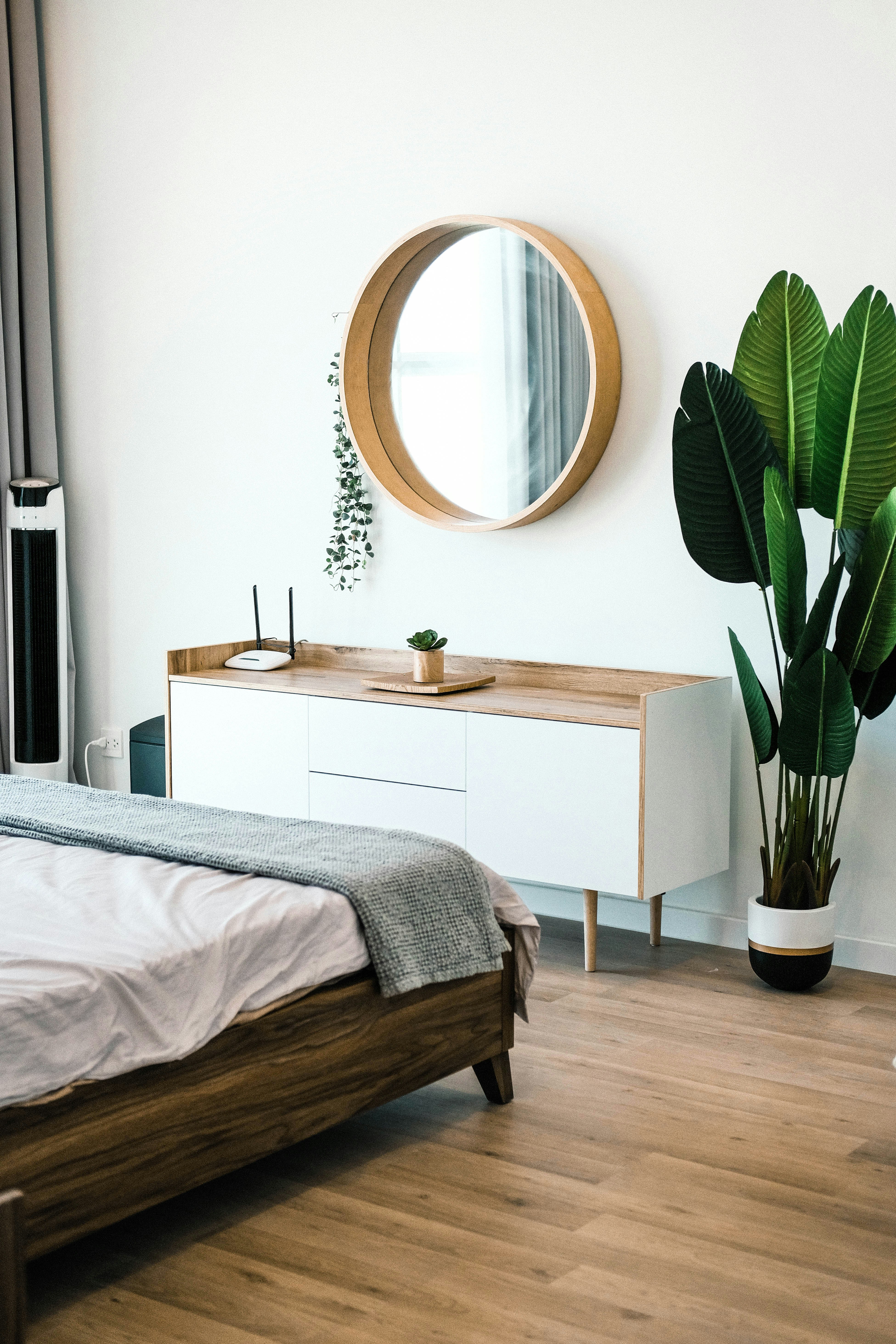
Table Linens to Enhance Your Dining Space
The dining table is often the heart of the home, and well-crafted linens can enhance the dining experience.
Creating gorgeous tablecloths
A custom tablecloth can set the tone for your dining space. Whether you choose a festive pattern for special occasions or a simple, elegant design for everyday use, sewing your own means you get exactly the look you want.
Stitching perfect napkins
Napkins are a basic sewing project that can have a big impact. Choosing high-quality fabric and mastering the mitered corner technique can result in beautiful, durable napkins that elevate any meal.
Designing unique placemats
Placemats offer another opportunity to personalize your dining table. They protect the table and can also be a conversation starter, especially when you’ve made them yourself. Experimenting with different fabrics and patterns can lead to truly unique creations.
Designing Elegant Bedding
Custom bedding can transform a bedroom, adding comfort and a personal touch.
Sewing your own duvet cover
Creating a duvet cover is simpler than it sounds, mainly involving sewing large pieces of fabric together. You can choose from a wide range of fabrics to match your bedroom decor, ensuring your duvet cover fits perfectly with the room’s theme.
Creating matching pillow shams
Pillow shams add a decorative element to your bedding. They can match your duvet cover or contrast with it for an eclectic look. Plus, sewing your own means you can choose the exact fabric and details you want.
Adding a tailored bed skirt to your décor
A bed skirt not only conceals the space under your bed but also adds an elegant finishing touch to your bedding ensemble. Making your own allows for perfect coordination with the rest of your bedding and ensures a perfect fit.
Tips for Sewing a Bathroom Accessories Set
The bathroom might not be the first room you think of decorating with sewn items, but there’s plenty of scopes to add handmade touches.
Making your own shower curtain
Sewing a shower curtain lets you pick waterproof or water-resistant fabric in exactly the pattern or color you want, instantly refreshing your bathroom. Adding reinforced holes for shower curtain rings can also be a fun project.
Sewing a bath mat from scratch
A homemade bath mat can add warmth and color to your bathroom. Using absorbent materials and a non-slip backing ensures functionality alongside style. Plus, it’s a great way to practice sewing with different types of fabric.
Creating bathroom storage solutions
Fabric baskets, hanging organizers, or wall pockets can all be sewn to match your decor while adding much-needed storage. These projects can also help you hone your sewing skills with practical items you’ll use every day.
Crafting Home Decor with the Environment in Mind
Sewing offers a fantastic way to be more environmentally conscious in decorating your home.
Choosing sustainable fabrics
Opting for sustainable fabrics like organic cotton, linen, or recycled materials reduces your environmental footprint. These fabrics not only look beautiful but also offer the reassurance that your crafting aligns with eco-friendly practices.
Recycling and repurposing in home decor
Before buying new materials, consider what you already have that might be repurposed. Old garments, linens, or remnants can often find a new life in home decor projects. This approach not only saves money but also promotes a cycle of reuse and sustainability.
Creating eco-friendly and reusable home items
From fabric napkins and kitchen towels to reusable shopping bags, sewing offers endless possibilities for creating items that reduce waste. Crafting these items not only adds a personal touch to your home but also supports a more sustainable lifestyle.

